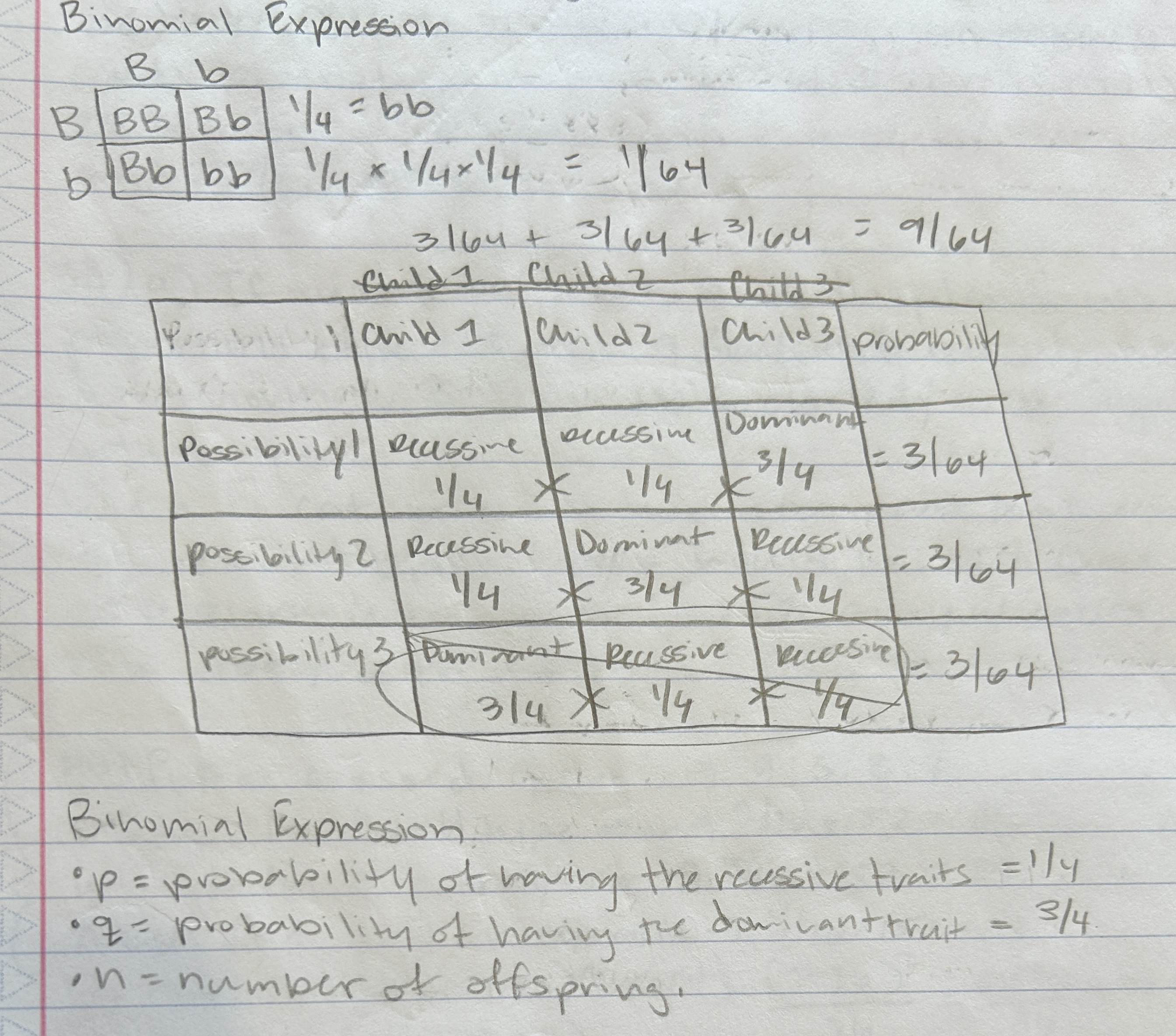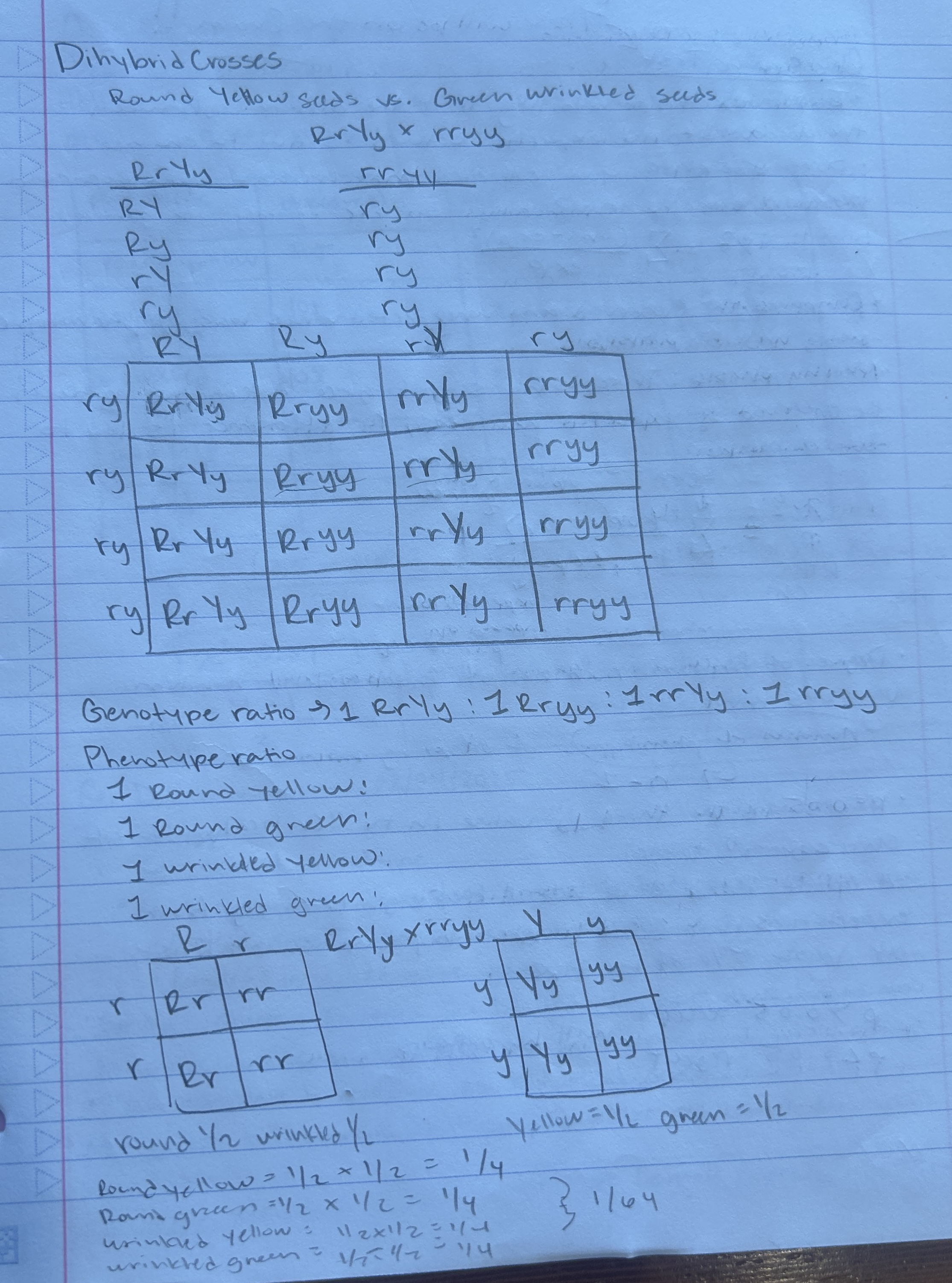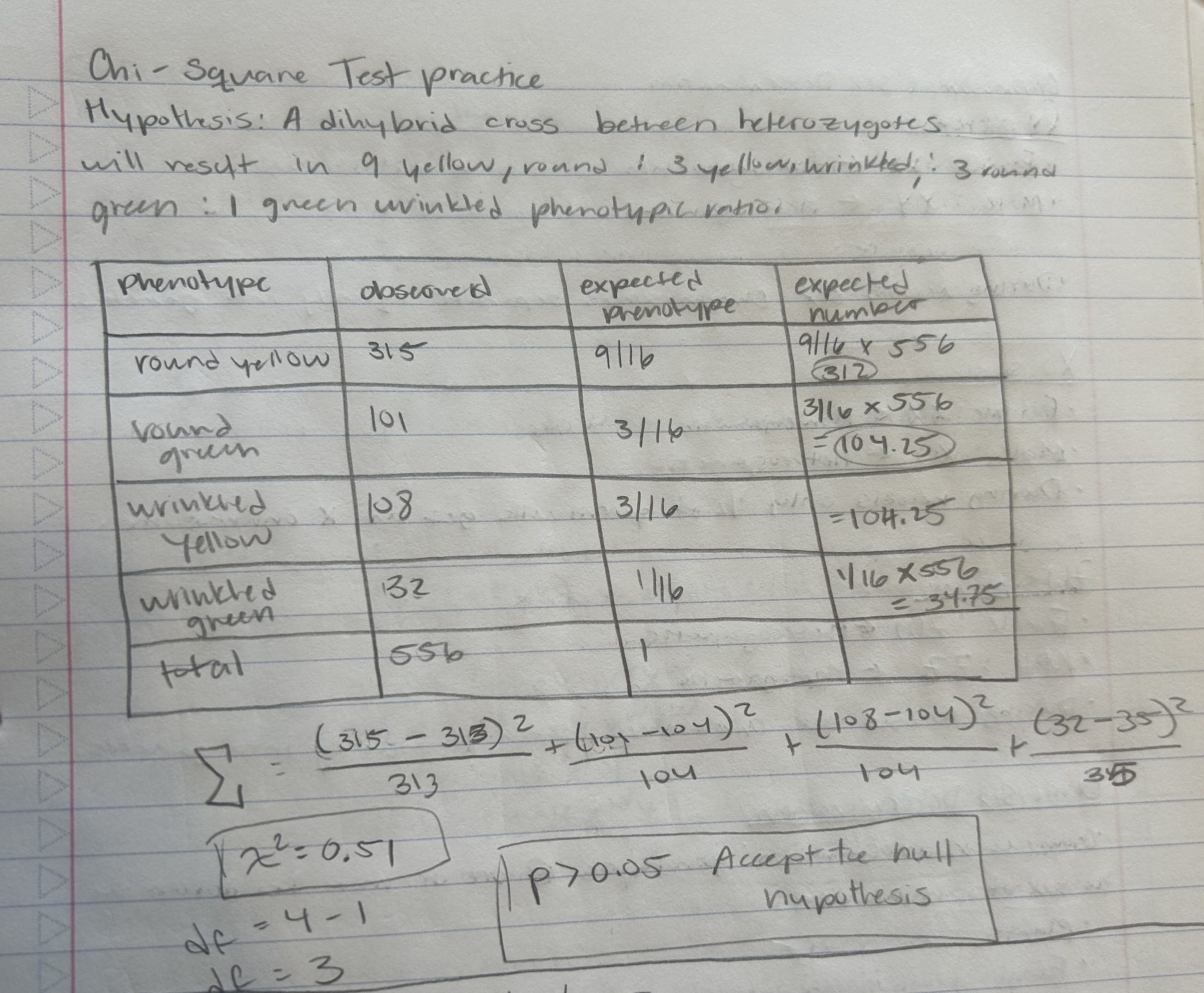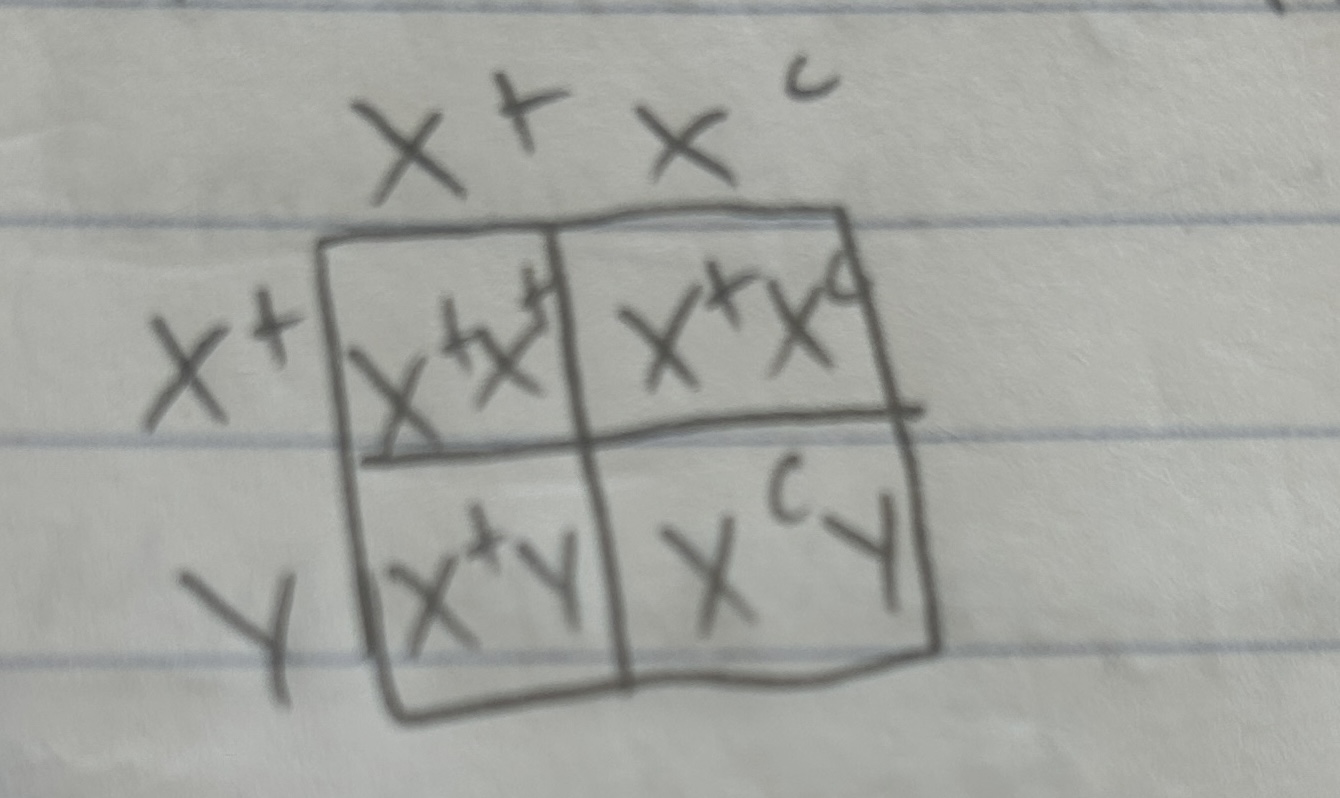Biol 251 Exam 1
1/148
There's no tags or description
Looks like no tags are added yet.
Name | Mastery | Learn | Test | Matching | Spaced |
|---|
No study sessions yet.
149 Terms
Prokaryotes
have no nucleus, are relatively small, contain circular genome DNA, have 1 chromosome, and typically have no membrane bound organelles.
Eukaryotes
have a nucleus, are relatively big, contain linear genome DNA, have multiple chromosomes and typically have membrane bound organelles.
Types of Prokaryotes
Bacteria and Archaea, which are unicellular organisms without a nucleus.
Nucleoid
DNA does not exist in the highly ordered and packed arrangement, and have a single orgin of replication that is not enclosed by a membrane.
Types of Eukaryotes
Fungi, Plants, Animals and Protists
Histones
Are proteins that help package and order DNA into structural units called nucleosomes, playing a crucial role in gene regulation and chromatin structure.
What is the Nuclear Envelope?
The double membrane structure that surrounds the nucleus in eukaryotic cells, separating the contents of the nucleus from the cytoplasm.
What happens in the Nuclear envelope?
The genetic material is strongly packed which causes them to start coiling. DNA is closely associated with histones to form tightly packed chromosomes.
Prokaryotic cells divide by doing
binary fission, a simple process where the cell replicates its DNA and divides into two identical daughter cells.
Binary Fission
-Replication Begins at the origin of replication.
Double stranded DNA, circular chromosomes
-The chromosome is duplicated
-Two orgins of replication move to opposite sides of the cell.
-SMC complexes prevent tangling.
SMC: Structural Maintenance of Chromosomes
- New cell wall forms
Ends in two identical cells / Carbon copies of the parent cell (daughter cells)
Eukaryotic cells divide by performing
mitosis and meiosis, processes that involve the segregation of duplicated chromosomes and can lead to the formation of two identical cells or four non-identical gametes, respectively.
Homologous Chromosomes
chromosomes that are similar in size and structure
What do homologous chromosomes carry?
They carry genetic information for the same set of characteristics.
There is one set of chromosomes from each parent.
How many pairs of chromosomes does a human have?
A human has 23 pairs of chromosomes.
How many sets of chromosomes does a diploid organism have>
A diploid organism has 2 sets of chromosomes.
Centromere
attachement point fr spindle microtubles
the kinetichore is also here and directs the microtubles where to pull to seperate the chromosomes correctly in formation.
Telomeres
tips of a linear chromosome
They continue to get shorter and shorter with each replication of your chromosomes, they degrate over time.
Origins of Replication
Location where DNA synthesis begins.
Sister chromatids
two copies of chromosomes that are held together at the centromere.
How do you count chromosomes?
By the centromeres.
Cohesin
is a protein that holds the chromatids together.
protects from breakdown enzymes, and is important in mitosis.
Shugoshin
protects cohesin so sister chromatids stay together.
acts as abd extra layer of protection, is important in making gametes.
What are the steps in Interphase?
G1, G1/S, S, G2, G2/M checkpoint
G1 phase
growth and proteins for the cell division is synthesized.
G1/S phase
regulated decision point.
(heartcells and neurological cells are made in G0)
S phase
DNA synthesis
G2 phase
Biochemical preparation for cell division
G2/M checkpoint
only passes if DNA is completely replicated and undamaged.
Mitosis
Seperation of sister chromatids
separating individual DNA molecules
Prophase
chromosomes condense to form two chromatids.
miotic spindles form from the centrosomes.
Prometaphase
The nuclear membrane breaks down.
spindles attach to the chromatids at the kinetochore.
Kinetochore
directs the mircrotubles where to pull to separate chromosomes correctly in formation.
Metaphase
(middle) chromosomes align in the center of the cell.
cohesin begins to break down.
Anaphase
sister chromatids separate and move to poles
spindle polls = centrosomes
Telophase
nuclear membrane reforms and chromosomes decondense.
preparing to split into two cells
Cytokenisis
-Seperation of cytoplasm
-results in full mitosis
Two genetically identical cells that are identical to parent cells.
-cells have full compliment of chromosomes.
-each daughter cell has half of the cytoplasm.
Synapsis
Close pairing of homologous chromosome.
When we have close association of homologous chromosomes and carry the same alleles.
Tetrad
Closely associated four-sister chromatids of homologous chromosomes.
Crossing Over
crossing over of chromosome segment from the sister chromatid of one chromosome to the other sister chromatid of the other synapsed chromosome.
leads to geetic variation in mitosis.
Meiosis I
production of haploid gametes that create genetic variation.
halfing the number of chromosomes.
Prophase I
the nuclear membrane breaks down
crossing over occurs following condensation of chromosomes and homologous chromosomes pairing.
Metaphase I
Homologous pairs randomly align at center of the cell
Anaphase I
-shugoshin protects cohesin
-homologous chromosomes separate
-they then move towards the poles
Telophase I
Cytoplasm separates after chromosomes move to poles.
Nuclear membrane begins to reform
Chromosomes decondense
(cells still 2N)
Meiosis II
a type of cell division that creates gametes, or sex cells, for sexual reproduction.
Interkenisis
Nuclear membrane reforms and decondense
Prophase II
Nuclear membrane breaks down
Chromosomes condense
Spindle fibers begin to form
Metaphase II
Spindle Fibers Attach
Individual chromosomes begin to align at center of each cell.
(at this point there have already been two cells)
Anaphase II
Shogoshin breaks down
Cohesin Breaks down
SIster chromatids separate
Telophase II
Chromosomes move to poles
Nuclear membrane reforms
Cytokenisis (Meiosis II results)
Four daughter cells have formed from one parent cell.
Number of chromosomes in daughter cells is half of parent cell.
Each daughter cell is genetically unique
crossing over and independent assortment
Comparing Mitosis and Meiosis
Mitosis
-synapsis
Meisosis I
-crossing over
-homolohous chromosomes
Interkenisis
Meiosis II
-4 daughter cells
-Prometphase II
-Metaphase II
-Anaphase II
-Telophase II
Mitosis and Meiosis I
-prophase
-prometaphase
-anaphase
-telophase
Mitosis and Meiosis II
-Seperation of sister chromatids (anaphase)
-One set of chromosomes at metaphase.
Meiosis I and Meiosis II
-Independent assortment
-Shegoshin
Mitosis, Meiosis I and Meiosis II
-Interphase
-Cytokenisis
-Cell Division
-PMAT (prophase, metaphase, anaphase, and telophase)
-Cohesin
How genetic variation in gamete occurs during meiosis
crossing over (genetic recombination), where homologous chromosomes exchange DNA segments during prophase I, and independent assortment, where chromosomes randomly align at the metaphase plate, leading to different combinations of alleles in the resulting gametes.
Determine how many chromosomes, chromatids, or homologous chromosomes are in a cell
A typical human cell contains 46 chromosomes which are organized into 23 pairs of homologous chromosomes, meaning each cell has 23 homologous chromosome pairs; after DNA replication, each chromosome consists of two sister chromatids, resulting in a total of 92 chromatids in a cell.
Key points:
Chromosomes: 46
Homologous chromosome pairs: 23
Chromatids (after DNA replication): 92
Mendelian Genetics
refers to certain patterns of how traits are passed from parents to offspring.
Mendels model organisms characteristics
There are 5 characteristics
Easy to use in lab
Fast life cycle
Genetic background is known
Are genetically diverse
Produce lots of offspring
Mendels Study approach
Pea Plants studying seven characteristics
Binar characteristics
Conducted crossses of plants for 7 years
Hypothis based testing
Gene
inheritd genetic material that codes for trait
Allele
Different version of a gene (1 or 2)
Locus
Location of gene on chromosome
Genotype
Genetic make up ( AA, Aa, aa)
Phenotype
physical expression of trait
Homozygous
two of same alleles (AA, aa)
Heterozygous
two of different alleles (Aa)
What do alleles contain?
Alleles contain DNA sequence
MRNA —> Protein —> Phenotype
DNA sequence codes for the protein/enzyme.
Mendels Principles of Heredity
the principle of segregation, the principle of dominance, and the principle of independent assortment.
Monohybrid
organisms differ in one trait
Principle of Segregation
each individual diploid organism passes two alleles for a characteristic.
Two alleles segregate when gametes are formed
One allele goes into each gamete
Concept of Dominance
when two different alleles are present in a genotype.
Only the trait encoded by one of them is observed in the phenotype.
Dihybrid Cross
parents differ in two traits
Principle of independent assortment
gene do not influence each other during sorting of alleles into gametes.
Every possible combination of alleles for every gene is equally likely to occur.
Probability
Likelihood of the occurance of a particular event.
can be used to predict outcomes of crosses.
Multiplication Rule
probability of two or more independent events taking place together.
Multiply independent probability
Addition Rule
probability of any of two or more mutually exculsive events.
Calculated by adding the probabilities of the events
Binomial Expression
p = probability of having the recessive trait
q = probability of having the dominant trait
n = number of offspring

Example of Dihybrid Cross

Chi-Square Test
Indicates the probability that the difference between the observed and expected values is due to chance
Formula: x2=∑ (observed count from cross - expected count based on punnet square)2 / expected count based on punnet square
∑ is the sum of terms
x2 is letter chi
Degrees of Freedom
number of independent random variables involved.
number of phenotypes of offspring minus 1
n-1
Critical values of chi-square
p=0.05 is the threshold value in the table
a result is said to not differ significantly froom expectations if it could happen by chance at least 5% of the time.
if p>0.05 accept null hypothesis
if p<0.05 reject null hypothesis
Example Chi-Square Test

Sex determination
the process by which an organism develops into a male or female
Sex
Sexual Phenotype
Most organisms have two sexual phontypes
Males = small, inexpensive gametes
Female = large, expensive gametes
Gender
Category assigned by the individual or other based on behavior and cultural practices.
Does not have to do with biological sex
Monoecious
both male and female reproductive structure present in an individual.
Dioecious
Individual has either male or female reproductive structures.
Chromosomal Sex Determination
the process where an individual's sex is determined by the combination of sex chromosomes they inherit.
XY System
Female: XX ← Homogametic
Male: XY ← Heterogametic
During meiosis sex chromosomes seperate equally into gametes.
XO System
Female: XX ← Homogametic
Male: XO ← Heterogametic
During meiosis only ½ of sperm cells get and X chromosome.
ZW System
Female: ZW ← Heterogametic
Male: ZZ ← Homogametic
During meiosis sex chromosomes separate equally into gametes.
Genic sex determination
Genotypes at one or more loci determine the sex of an individual.
Plants
Fungi
Protists → Kelp
Fishes
Environmental sex determination
a mechanism where an individual's sex is determined by environmental factors experienced during development, rather than by genetic inheritance.
Sequential Hermaphroditism
Each individual animal can be both male and female.
Genic Balance sex determination
X: A Ratio: number of X chromosomes divided by the number of haploid sets of autosomes.
Indirect effect of X: A ontiming of development
XX AAA 0.67 intersex
XO AAA 0.33 metamale
Sex Determination Disorders
Non-disjunction dirung meiosis
Turners syndrome
Klinefeller Syndrome
Poly-X Females
XYY Males
Sex-Linked Characteristics
characteristics determined by geenes located on the sex chromosomes.
X-Linked Colorblindness
Gene for red and green cones is on the X chromosome,
normal vision female (X+Xc) cross Noraml vision male (X+Y)

Z-Linked characteristics
traits that are passed down through the Z chromosome. Because females have only one Z chromosome, Z-linked traits are always expressed in females.
Y-Linked characteristics
Females can never have the characteristics only males.
Dosage Compensation
Mechanism to equalize the amount of protein produced by X-Linked genes and autosomal genes.
Sex Chromosomes are either “balanced” or “imbalanced” with autosomes.
Males produce less proteins for genes on X chromosomes.
Lyon Hypothesis
Brarr Bodies: inactivated X chromosomes that appear as a condensed, darkly staining body in the nuclei.
Most placental mammals exhibit this.